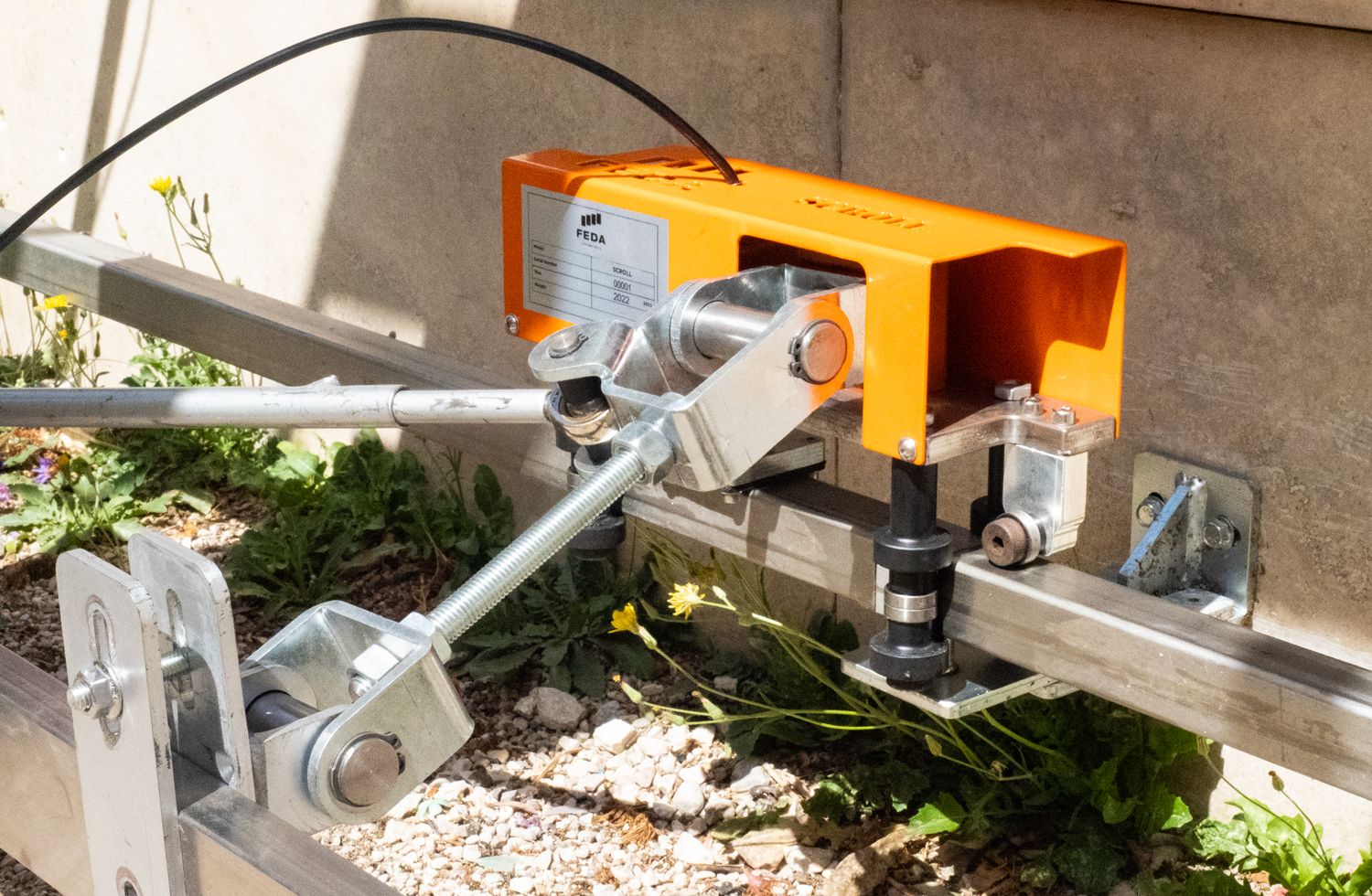Use of cemetery ladders
What happens in the event of a fall?
One topic, which certainly arouses the interest of citizens, is that of damage or accidents suffered while using public 'things'.
But what is meant by the use of 'things'?
Things are inanimate elements, movable or immovable, owned or controlled by third parties, for public use.Let us try to give some examples.
Did you slip while walking on a bumpy road surface?
Did your child hurt himself on the playground?
Did you fall down a cemetery staircase?
In all these cases, it is necessary to refer to the legislation that makes explicit which things and places are considered public, as well as defining responsibilities.
Cemetery regulations
Let's get to know the articles of the Civil Code that regulate the above situations and, in particular, those of greatest interest on the use of cemetery stairs.
Art. 823 defines cemeteries, with the exception of private ones, as public property.
Art. 2043 obliges anyone who causes damage, malicious or culpable, to others to pay compensation.
Art. 2051, on the other hand, defines liability for those who have things in their custody, unless fortuitous circumstances, i.e. an exceptional and unforeseeable event, can be proved.
Analysing the above, we can see that the cemetery manager is liable for any damage suffered by visitors using the mobile elements present in cemeteries: the stairs.
What must the operator do to avoid risks?
First of all install certified ladder, suitable for use and meeting all safety criteri.
It is of paramount importance to carry out periodic checks, maintenance, both ordinary and extraordinary, to put damaged staircases out of use, to make existing staircases safer where possible.
What can be done to make cemetery stairs safer?
Unanchored portable ladders, although stable and safe as in the case of ladders with platform, may be subject to improper handling by users under certain environmental conditions.
Ladders anchored to walls cannot be moved out of the tracks and pathway established during design and installation.
To reduce the impact of stair replacement costs, Feda has designed and patented an innovative sliding system Scroll.
How the Scroll sliding system works Scroll?
Scroll anchor ladders with platform on sliding tracks without changing their structure and use (i.e. without changing their certification).
The Scroll sliding system consists of two anchoring arms that are connected to a sliding carriage: the articulated arms allow installation even on uneven, not perfectly flat floors.
Anchoring the ladders increases their stability even in adverse weather conditions such as strong gusts of wind.
GUARANTEED SYSTEM
By transforming portable ladders into anchored ladders, the cemetery operator will protect the safety of visitors to the cemetery by reducing the risks and accidents resulting from transportation, increase stability but also longevity and thus reduce maintenance costs.
The inspection to verify the installation method, design and installation are followed by qualified personnel who issue the guarantee and certificate of work carried out in a workmanlike manner.
Why choose Scroll
Ladders with platforms, installed on rails, or rails, guarantee a high standard of quality and safety but, at the same time, can be costly for some realities; in fact, the shipment must include, in addition to the stairs, the pre-assembled structures of the rails.Installing the slide system Scroll on ladders with a platform is a more advantageous solution because it is smaller in size and can be assembled on site on already assembled ladders.
